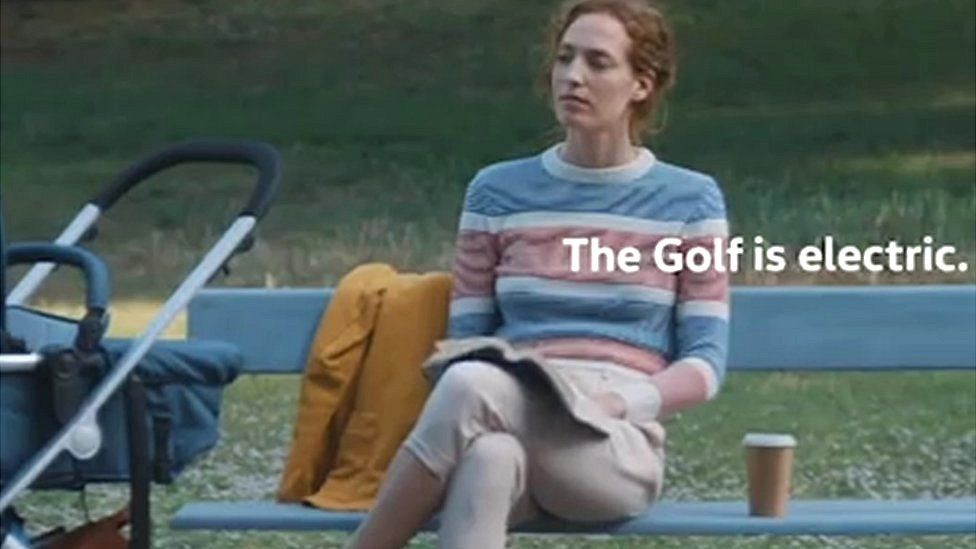
Philadelphia and VW ads banned for gender stereotyping BBC News
In 2019, the Advertising Standards Authority in the United Kingdom banned advertisements that depicted gender stereotypes — no more commercials where only women scrub the floors or where.

Gender stereotypes in advertising BANNED Look back at when adverts were REALLY sexist Life
Advertising is a significant agent of socialization in modern industrialized societies, and is used as a tool to maintain certain social constructions, such as gender. Men and women are depicted as differing in attitudes, behavior, and social statuses. [2] These images are crafted to mimic real life and many mistake the concepts of fantasy and.
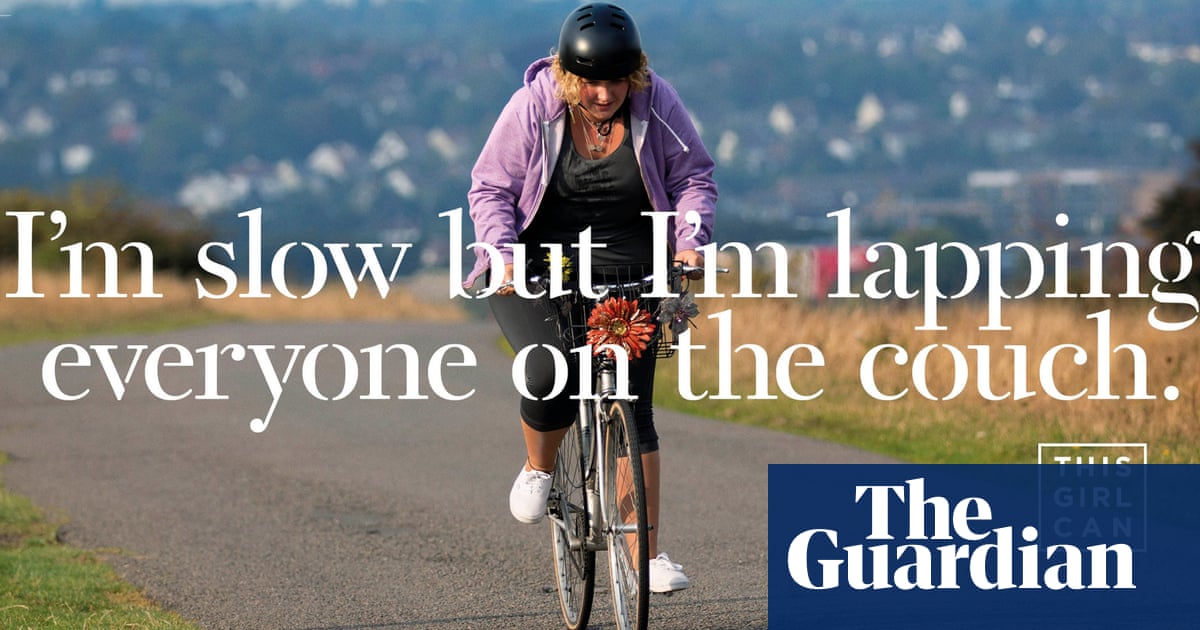
Eight ads that shatter tired gender stereotypes Media Network The Guardian
"Sexist ads fuel a culture of gender inequity that perpetuates violence against women, with one in three reporting having experienced physical or sexual violence," says Hill.

contradiction? Gender Stereotypes, Gender Identity, and Gender Portrayal. How do they all relate?
Getty Images A ban on adverts featuring "harmful gender stereotypes" or those which are likely to cause "serious or widespread offence" has come into force. The ban covers scenarios such as a.

Are brands behind the times when it comes to gender stereotypes in ads?
Gender and Media: Stereotyping in Advertising © UNESCO/Bruno Zanobia 13 September 2019 Last update:20 April 2023 "We all know how damaging sexist media images can be and the suffering that it can inflict on women in particular" Ms Saniye Gülser Corat, UNESCO's Director for Gender Equality

An Artist Reversed Gender Roles In Old Sexist Advertisements & They're Both Poignant And Hilarious
Science Against Stereotyping A unique experiment in marketing science conducted by academics at University College London, as part of Unilever's Unstereotype initiative, showed a "statistically significant 35% reduction in stereotypical thinking" and a "significant change in original thinking" amongst those who took part.

6 stereotypes of women in advertising
Advertising continues to reinforce gender stereotypes from the 1950s, a study of magazines has found, with brands overwhelmingly depicting women seeking knowledge to cook, care and clean "correctly".
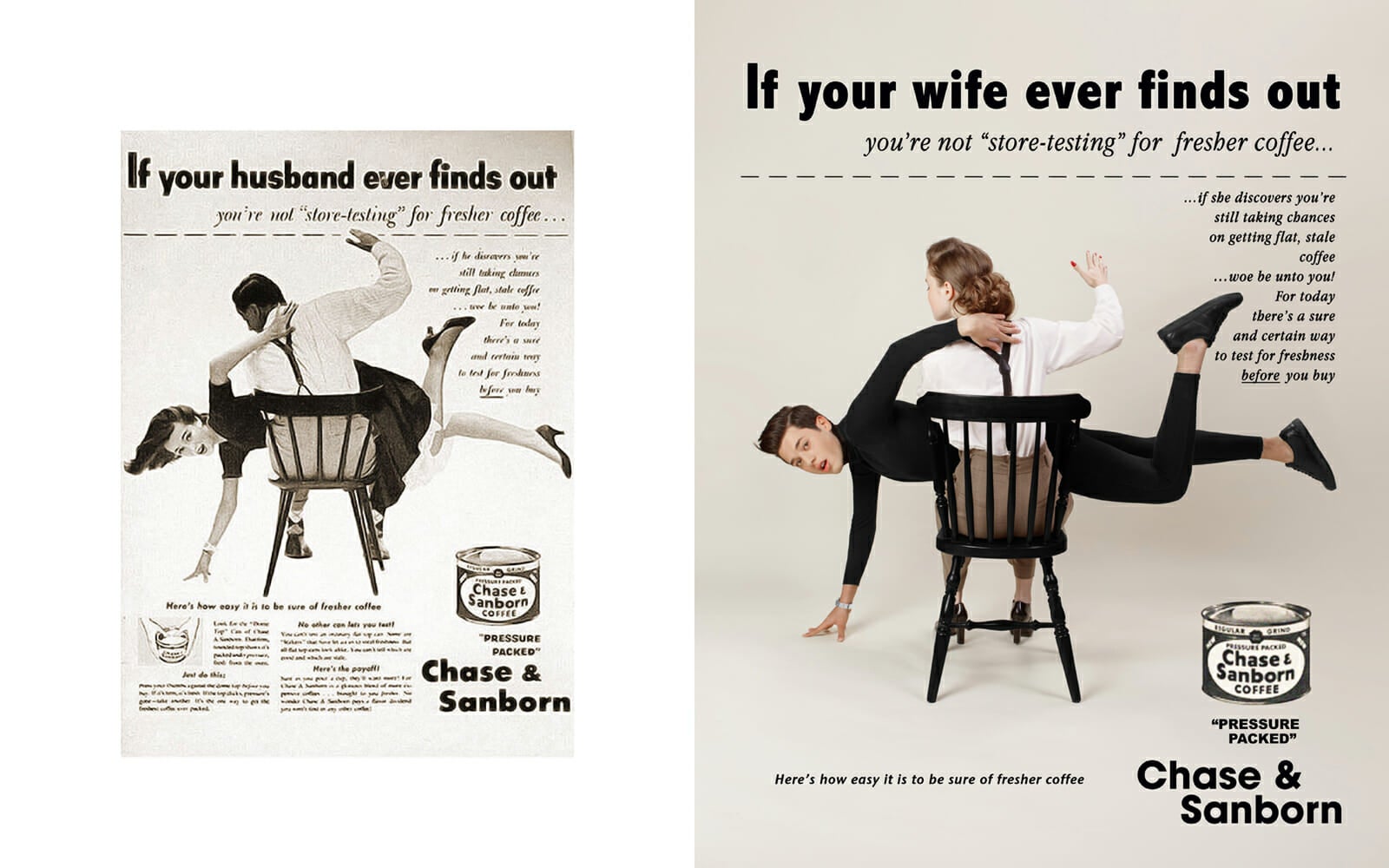
Photo Series Satirizes Vintage Sexist Ads by Switching Gender Roles
The Passive Little Girl: Ads show boys engaging in active play and girls sitting passively, often with one another, playing with dolls and house appliances and everything is pink. The Observed Woman: The observed woman loses her agency and authority in the male gaze.
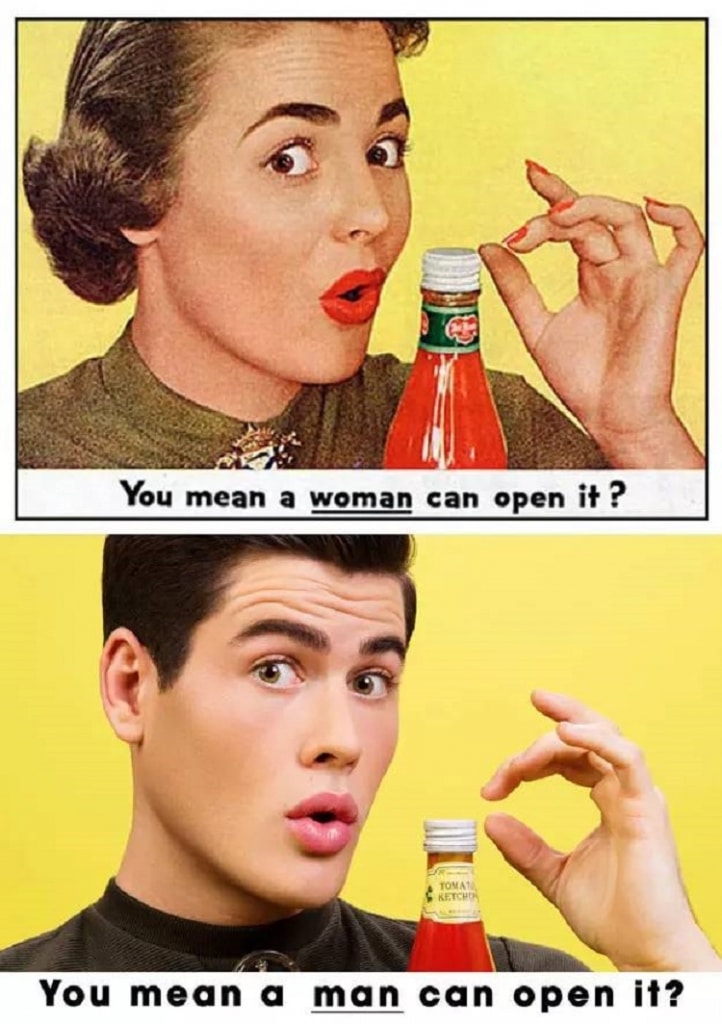
Photographer Subverts Gender Stereotypes in Advertising
14 People tend to rely primarily on physical rather than psychological attributes to interpret gender-related behaviours (particularly, to assess whether these meet the societal gender expectations); for more details, see Richard Ashmore and Francis Del Boca, 'Conceptual Approaches to Stereotypes and Stereotyping' in David Hamilton (ed), Cognitive Processes in Stereotyping and Intergroup.

Gender Roles Then VS Now Raegan's TED Talk Blog
Gender stereotypes in advertising Ads that rely on gender stereotypes are common, and they're dangerous. Discover the impacts of stereotypical ads, and why advertising needs to catch up.

'Harmful' gender stereotypes in adverts banned BBC News
1. Who Says It's A Man's World? - TWA (1950) With the tagline "Who says 'it's a man's world'?," this ad called into focus the idea that women's rights are human rights. A novel idea back in 1950! The image of women enjoying global, solo travel meant women could aspire not just to a life outside the home, but a life that was exotic and cultured. 2.
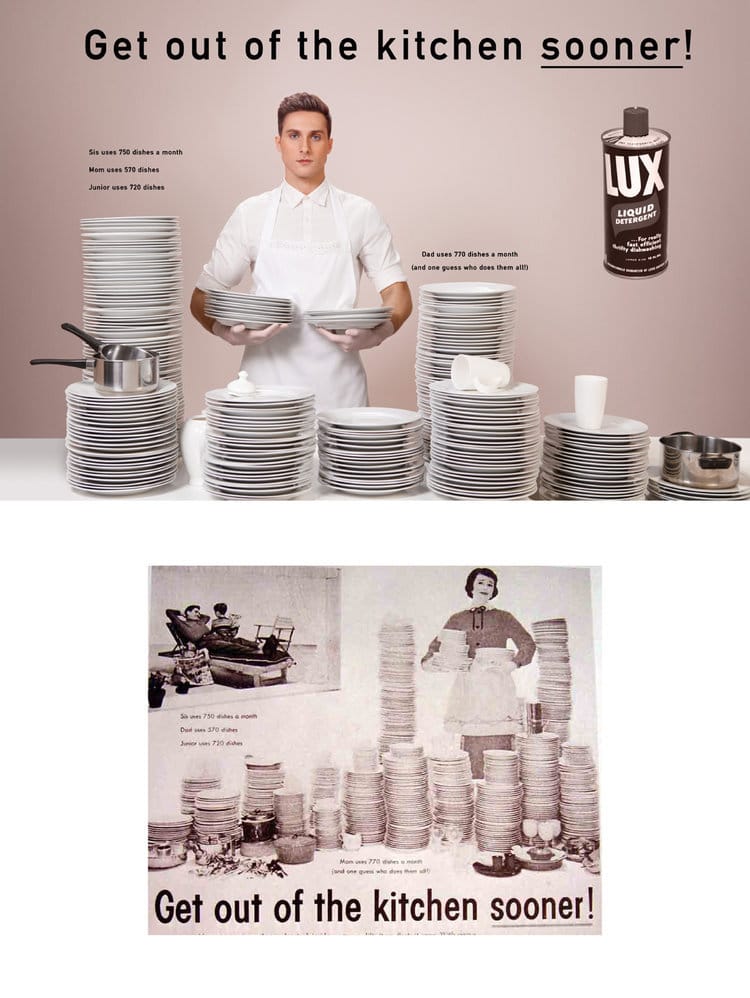
Photographer Subverts Gender Stereotypes in Advertising
First, this guide breaks down the seven common female stereotypes seen in ads today: The Model Mother, The Passive Little Girl, The Observed Woman, The Sexualised Woman, The Pretty Face, The Magical Grandmother and The Ticked Box — plus we look at who's missing from ads altogether.

Two ads banned for perpetuating harmful gender stereotypes Express & Star
Study 1 Study 2 General discussion Abstract Purpose This paper aims to investigate cross-gender effects of gender stereotypes in advertising. More specifically, it proposes that the negative effects found in studies of women's reactions to stereotyped female portrayals should hold across gender portrayal and target audience gender.
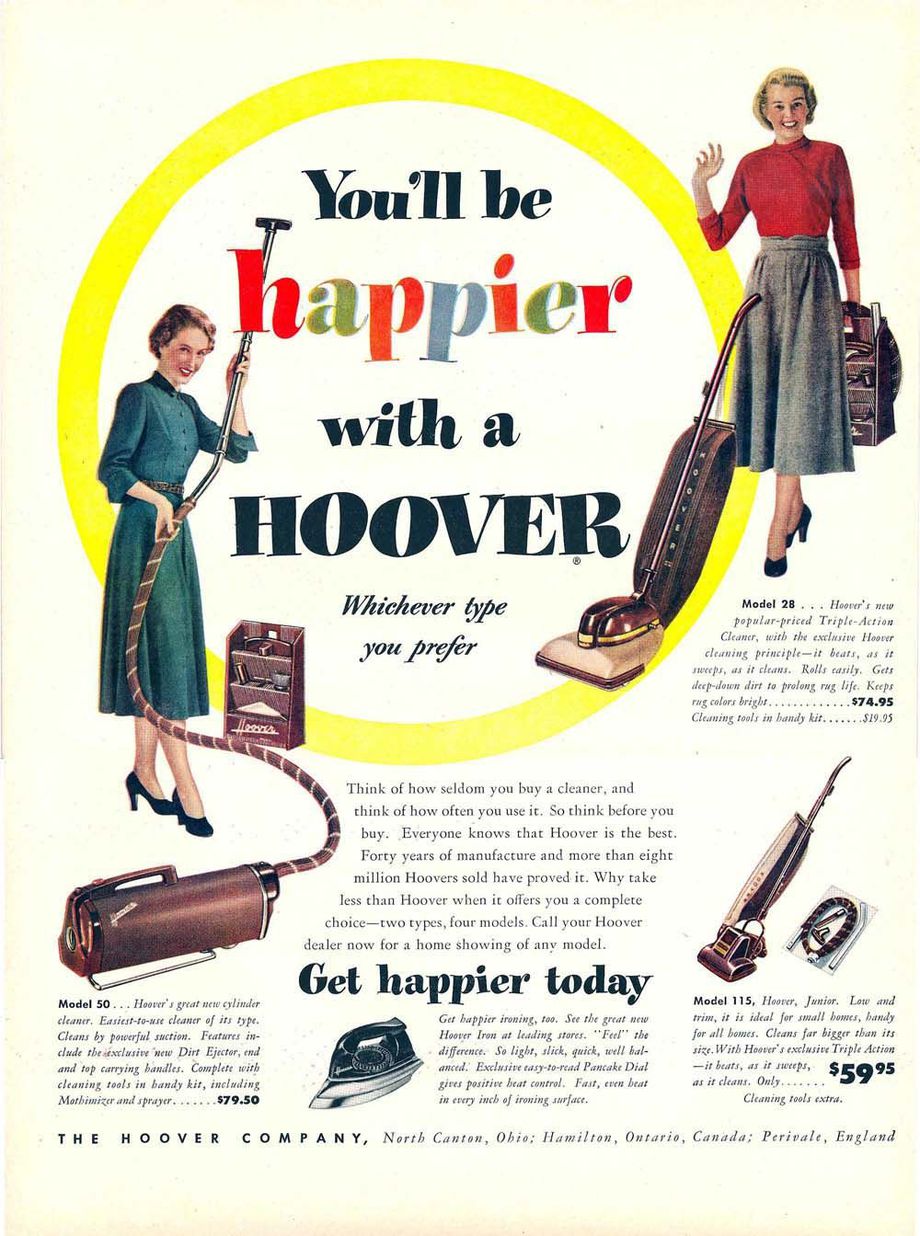
The LowDown Gender Stereotypes Banned From British Ads. Will It Make a Difference?
1. The Domestic Goddess One of the most entrenched gender stereotypes in advertising is the portrayal of women as homemakers and caretakers. Countless ads depict women contentedly performing household chores, reinforcing the outdated notion that their primary role is confined to the home.
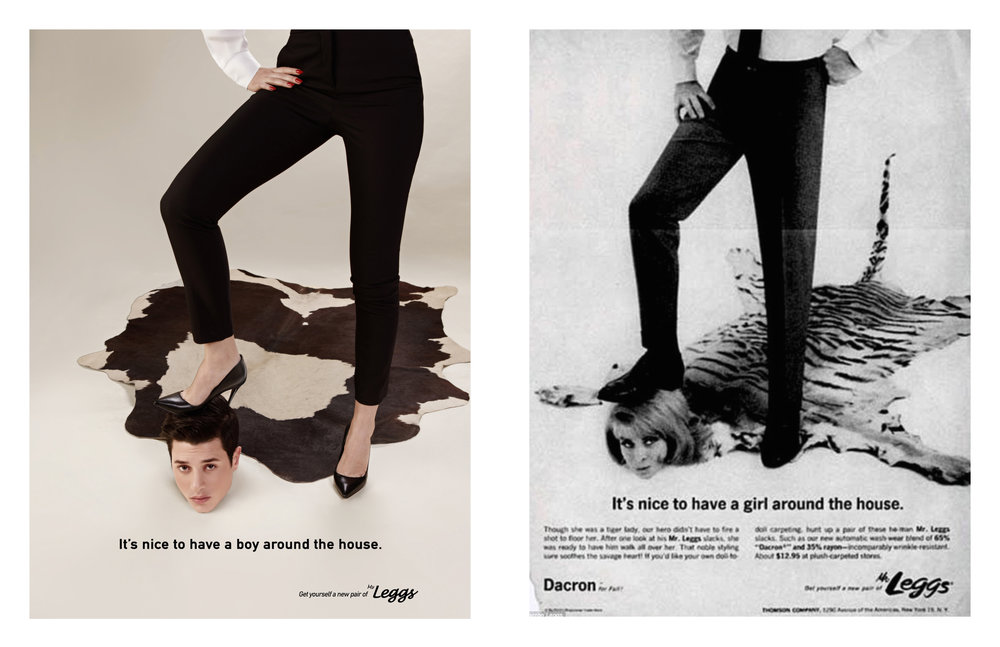
SBS Language This Lebanese photographer genderflipped some of the most sexist old adverts
Magazine adverts continue to tell mothers to put families first and devote their knowledge to caring for family members rather than using it for personal and professional advancement, according to an international study. The study of women's magazines since the 1950s found that advertisements focus on an idealised image of the "knowing mother.
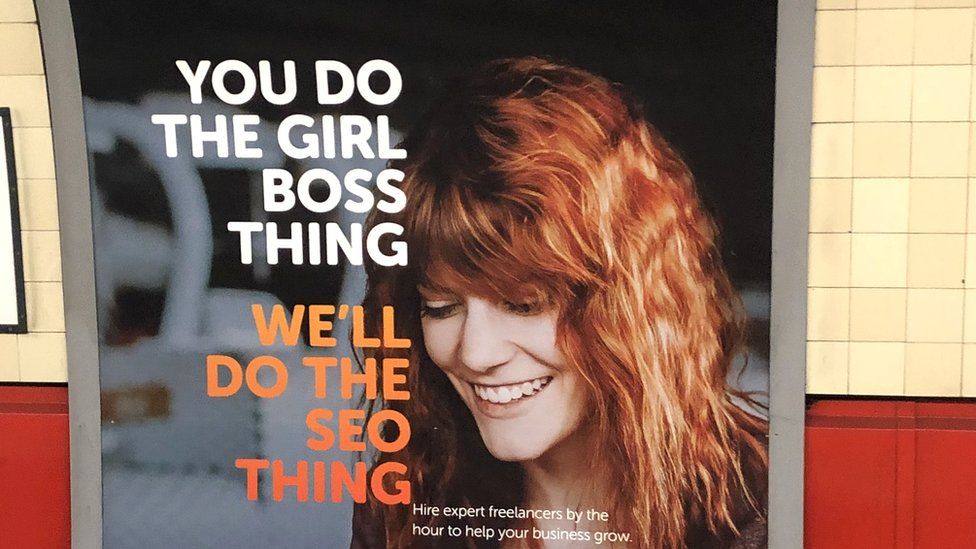
'Girl boss' advert banned for gender stereotyping BBC News
Gender stereotypes in advertising equals outdated advertising. Offset Image by Liz Sallee Bauer. Gender stereotypes in particular are glaringly obvious when looking back at decades-old advertisements. Women and girls were promised success if they were slim, wore makeup, and waited on their husbands hand and foot.